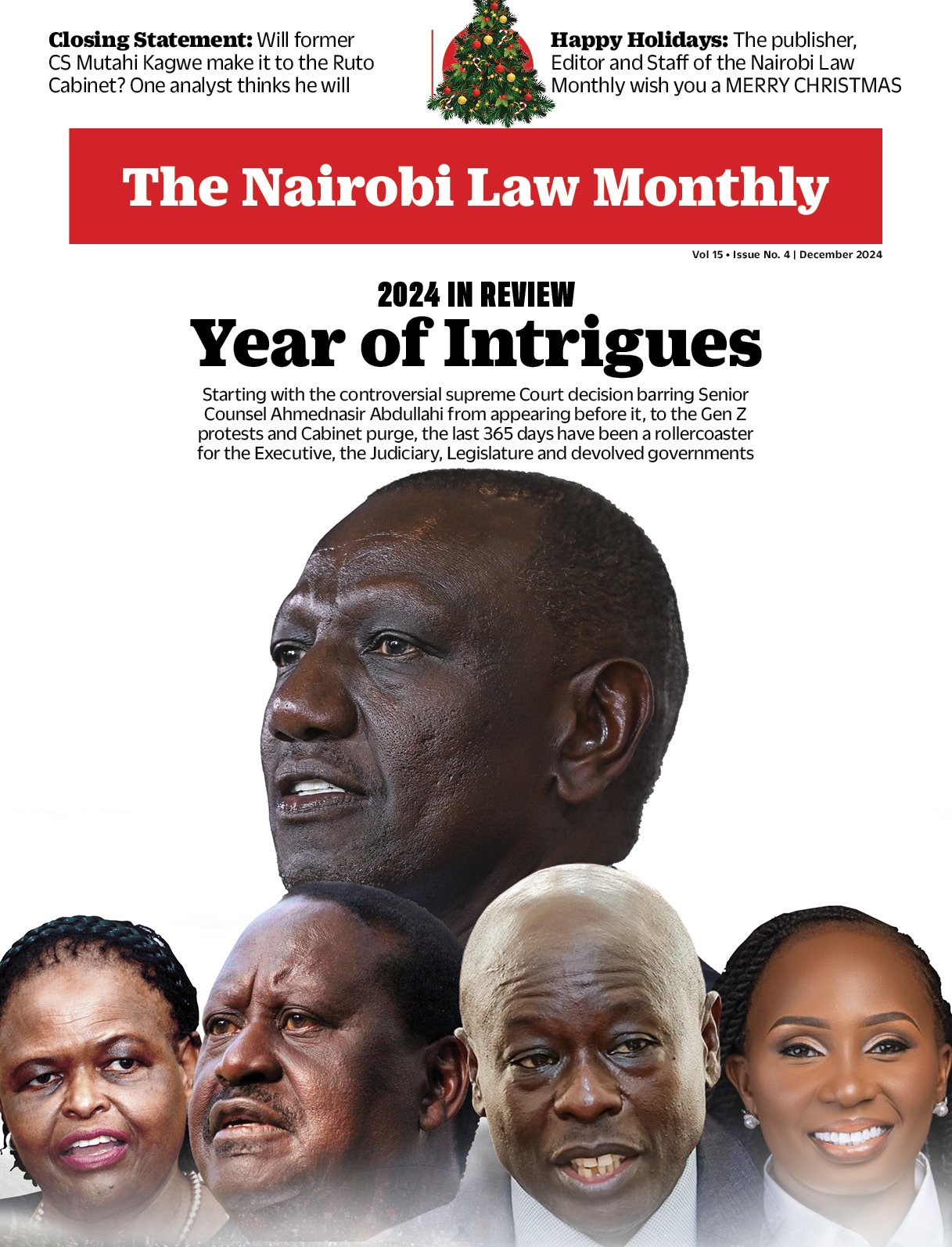In the early 2000s, growth in Africa’s banking sector was relatively slow as physical banks were the norm, and most of the population remained unbanked. It wasn’t until the introduction of mobile money that financial inclusion started increasing on the continent. Since then, the sector has continued to integrate and adopt technology, changing how it does business and engages with their customers.
Since banks started relying on digital technology, the importance of brick-and-mortar in the sector has steadily decreased. Now most banks in the continent have shifted, offering mobile and online banking. As a result, the share of the population with access to banking in Africa has increased from 23% in 2012 to 48% in 2022. Since the pandemic, African banks have witnessed the importance of digital technology in the sector, the reason why 51% of a total of 153 African banks consider technological shifts as the most important factor of their business, according to the African Digital Banking Transformation Report 2023.
49% of banks surveyed spend more than Sh137.8 million ($1 million) on digital transformation and innovation. A percentage of the banks (35%) have indicated the reason for digital transformation has been due to customer demand and satisfaction. With most of the population shifting online, banks had no alternative but to rely on technology to avoid losing customers and attract new ones. On the other hand, 24% have only looked to digital transformation to increase their profit and market share.
African banks now offer a number of digital services, from digital lending to providing customer support from digital channels; however, none has been more popular than mobile banking and mobile applications. Every bank in the continent has ensured they offer these services as the population with mobile devices has been growing. According to the mobile economy Sub-Saharan Africa report by the Global System for Mobile Communications Association (GSMA), by the end of 2021, 515 million people subscribed to mobile services in Sub-Saharan Africa, representing 46% of the population, an increase of almost 20 million compared to 2020.
With mobile devices accounting for about 75% of all online traffic, it’s unsurprising that banks first concentrate on ensuring they first offer mobile banking than other digital services. In fact, according to the African Digital Banking Transformation Report 2023, 79% of the surveyed banks provide mobile banking, making it the most available digital service in the continent, with users able to use mobile money, regardless of the mobile device they have, for a range of services from sending money to paying their bills. It is no surprise that 157 of the world’s 310 mobile money services in 2021 were in Sub-Saharan Africa and that Africa had a Sh68.2 trillion ($495 billion) share of the Sh105.7 trillion ($767 billion) handled by mobile money worldwide in 2020 according to GSMA.
As digital technology has continued to be integrated with the African banking sector, traditional banks face growing competition from a vast array of new players, such as the rise of fintech, telecommunication companies, and neobanks. With large customer bases, telecoms have been able to enter financial services by offering mobile money services to this market. At the same time, neobanks and fintech attract tech-savvy customers who only want digital services.
According to the report, 43% consider the rise of fintech and neobanks a high threat, while 33% consider telecom industries entering the financial service industry the same. However, a majority (47%) still consider the largest threat to be the rising cost of business, especially when economies are recovering and facing the impact of the Russia-Ukraine conflict. With digital banking relying heavily on mobile access, it’s unsurprising that most banks consider offering digital payment mobile applications (41%) and digital lending (36%) as their top priority.
Even though cash remains king in the continent, as it accounts for about 90% of all financial transactions, digitalization has some vast potential in the sector. Although roughly 50% of the population remains unbanked, and even those with bank accounts don’t use digital services, this is expected to relatively change as mobile devices become more affordable and available. With artificial technology the talk of the year, the sector should also focus on how it can be adapted to make digital banking seamless. The digital revolution of the banking sector has already begun.



